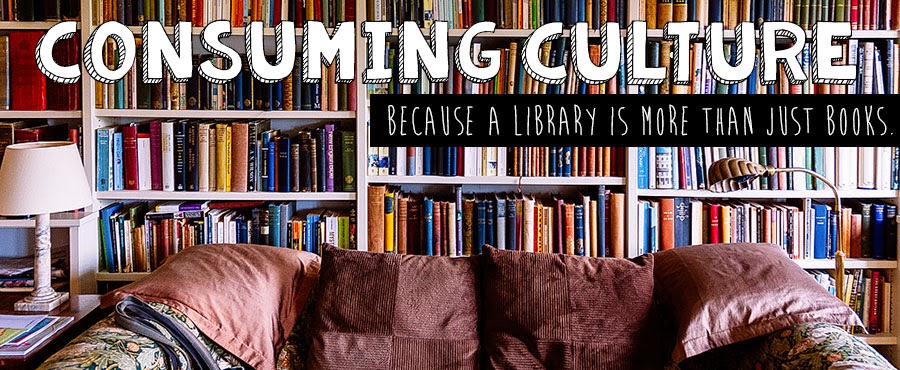When I decided to read a collection of short stories for the Read Harder Challenge, I was happy to find I already had a couple collections waiting in my to-read queue. I chose Kelly Link's recently published (2015) collection called Get in Trouble. The blurb spoke its praise by authors such as Neil Gaiman and Michael Chabon, and it piqued my interest noting this was her first collection for adults in a decade—did I already know this author as a librarian without even realizing it?? (The answer was no.)
Turns out that Get in Trouble was very different from what I expected! I guess I'm one of those people who just assumes a default about most things that can be labelled. For instance, I just assume a book is going to be realistic in story unless obviously indicated otherwise. And initially, Get in Trouble affirmed my assumptions. The collection's opening story, "The Summer People," introduces us to an adolescent named Fran who pretty much takes care of herself. Her father leaves home for undetermined amounts of time for indiscriminate reasons—seeking out a prayer meeting he found online or avoiding some trouble he started while out drinking too much. Seems like a normal, basic, realistic-enough premise. Until we begin to follow Fran's day-to-day as she cares for some mysterious people up in a mysterious house. They're called the "summer people," and their care has been handed down to Fran from her mother. They're rarely seen, but they make things and provide things their caretaker wants. It's like a fairy tale, but you're never certain if it's good magic or dark.
So what I learned quickly from this first story what that Get in Trouble was not going to be based firmly in reality. And to be honest, that scared me off a bit. Because the thing is, though my favorite kinds of stories have always been the ones that felt the most real, the ones to which I can easily relate or understand, I can get behind fantastical worlds if the characters are vivid and developed with real reactions and emotions.
Magical realism, though, this blending the two kinds of worlds, I just cannot seem to get behind. Throughout the following eight stories in this collection, I never knew how to read it—should I focus on the characters? Or is it the unbelievable plot points and details that actually matter the most? I've tried several times, but I always end up finding magical realism to
be too distracting for me. That's especially the case here, with short
stories, where you have less word-count to get invested in the
characters or story, and it's unclear what the "big picture" is trying to say.
I "got" some of the stories more than others. I think "The New Boyfriend" was deliciously creepy enough to make most of my middle schoolers squirm with good-horror-story pleasure. But then "Valley of the Girls," the story of what I think is some Egyptian mystic dystopia, had me so confuzzled by the premise that I could hardly follow the action and dialogue. I believe this will have its audience, but that audience is not me.

